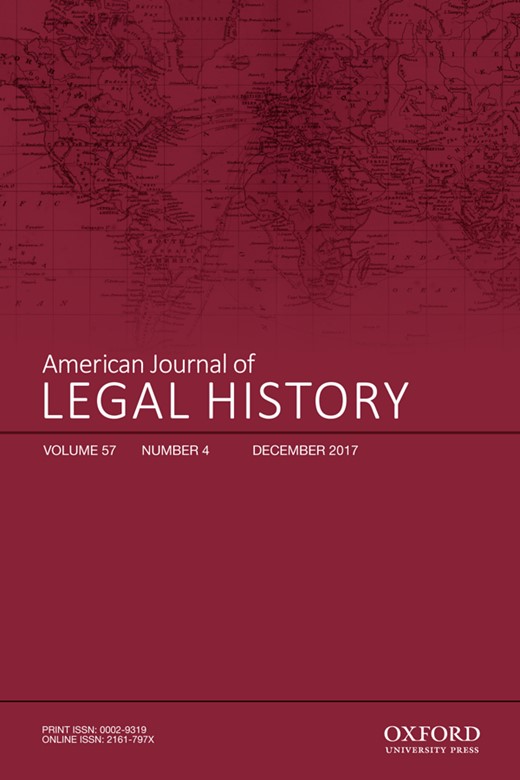-
Views
-
Cite
Cite
William Ossipow, Dominik Gerber, The Reception of Vattel’s Law of Nations in the American Colonies: From James Otis and John Adams to the Declaration of Independence, American Journal of Legal History, Volume 57, Issue 4, December 2017, Pages 521–555, https://doi.org/10.1093/ajlh/njx023
Close - Share Icon Share
ABSTRACT
The treatise of the Swiss philosopher and jurist Emer de Vattel, The Law of Nations (1758), is well known in the United States and has attracted sustained scholarly attention. Against the widespread assumption that the reception of The Law of Nations in America only started in 1775, this article establishes that Vattel’s treatise was available on American soil already in 1762. This finding paves the way for inquiry into Vattel’s intellectual authority in the revolutionary context from the early pamphleteers to the Declaration of Independence. Following a reception-based methodology that facilitates robust inferences from patterns of intertextuality, this study aims to make up for the gap in Vattel’s historiography regarding the crucial period between 1762 and 1776. New England, and the Boston area in particular, turn out to be the hotbeds of Vattel’s reception. A special emphasis is put on the central role of John Adams as a transmitter of Vattel’s thought in the colonial discourse in spring 1776. In the great political documents of this time, most of which were written by Adams or by patriots close to him, such as Richard Henry Lee, a recurrent argument, called the Vattel-Adams argument, was put forth, forging a claim on the loss of royal protection into a justification of secession. The present study demonstrates that this rationalization bears unmistakably Vattelian marks. Furthermore, considering Thomas Jefferson’s mastery of intertextual practice, it is argued that the first, second, and fifth paragraphs of the Declaration can be robustly shown to contain both immediately Vattelian hypotext and Lockean hypotext mediated by Vattel. Beyond its objective of uncovering a hitherto neglected aspect of the revolution’s intellectual underpinnings, this study offers a new perspective on the intertextual complexity and density that characterize the political documents of the revolutionary era.



